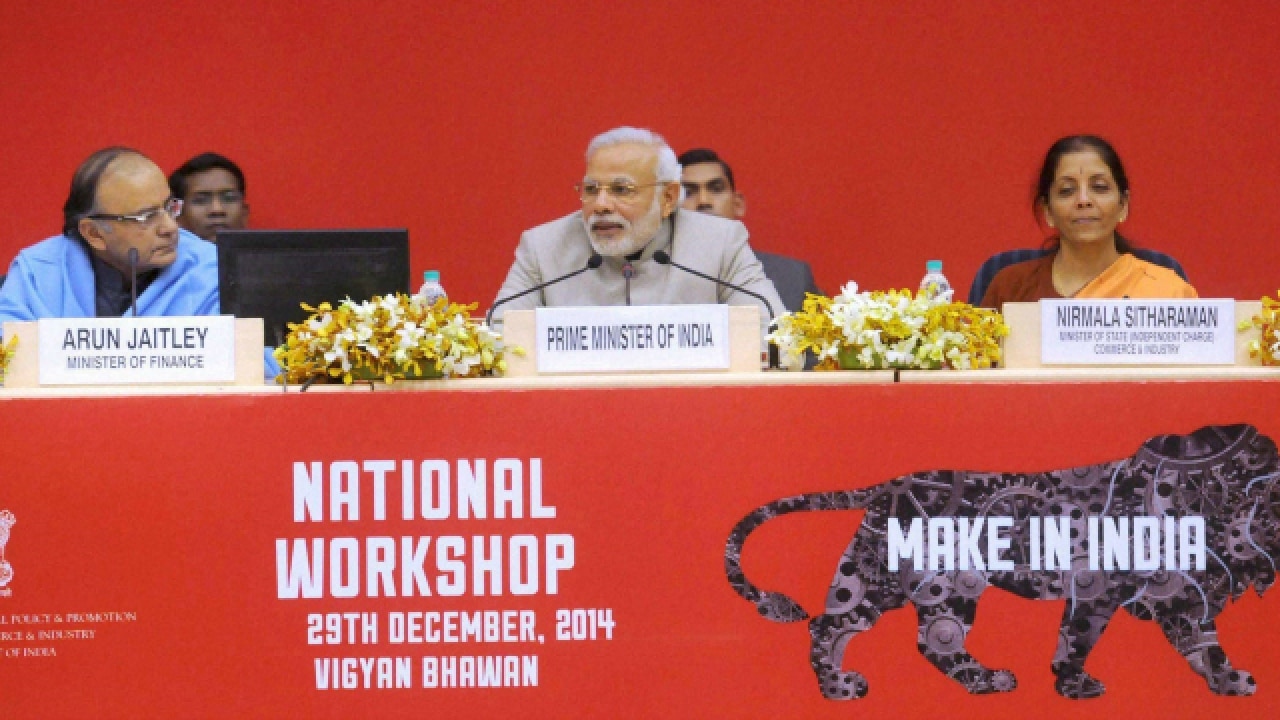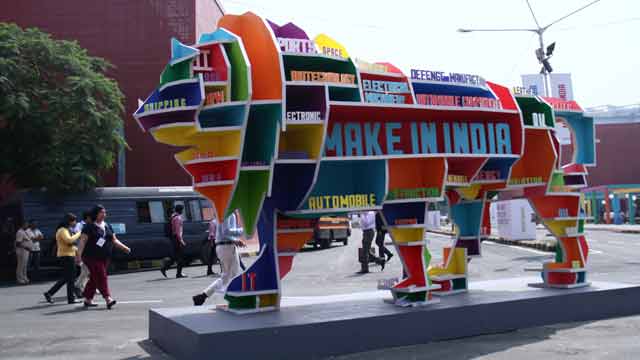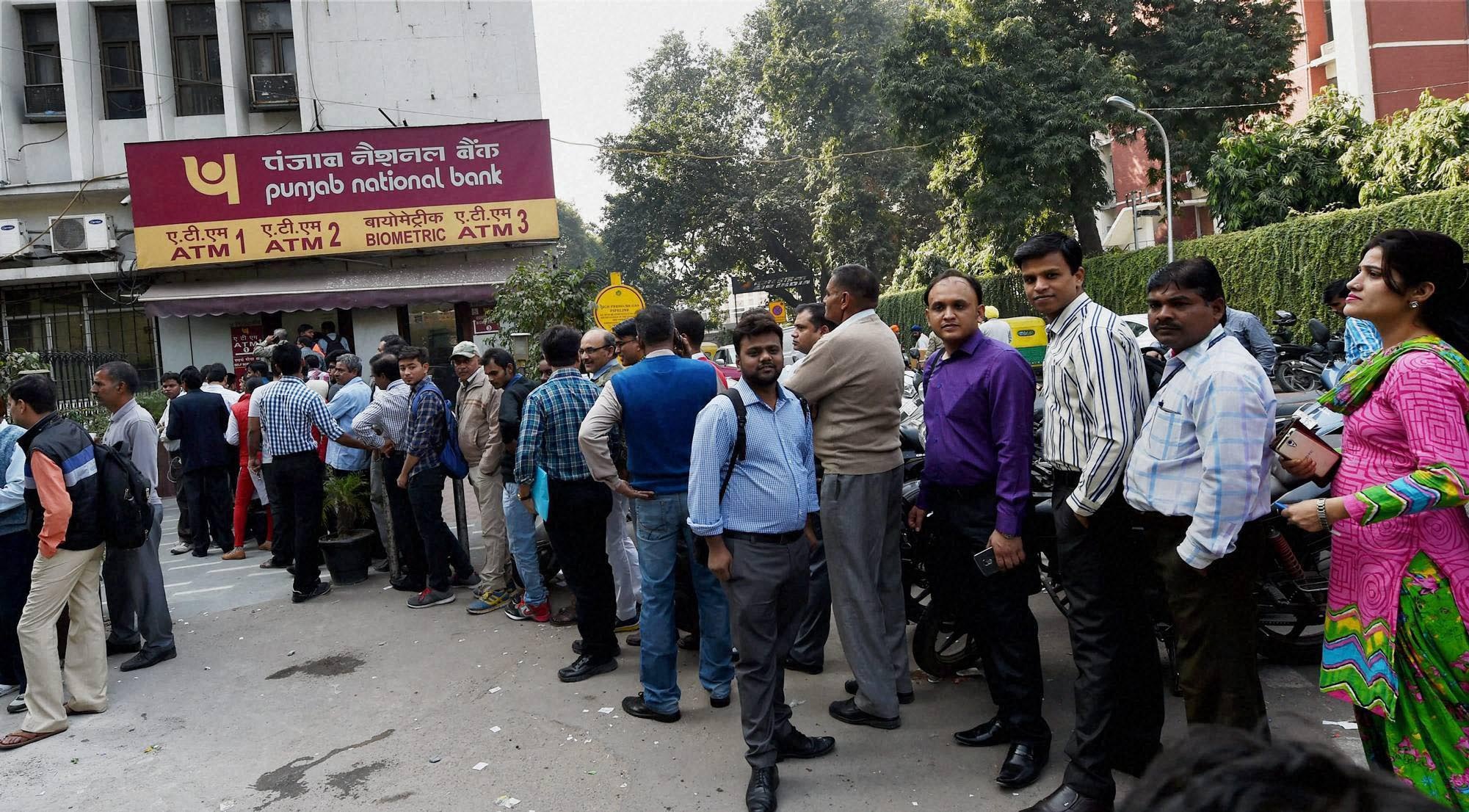
Earlier this month, India’s Chief Economic Adviser Arvind Subramanian slammed rating agencies for not upgrading India ‘despite clear improvement in economic fundamentals’. With a clever pun about ‘poor standards’, the CEA said India hasn’t been upgraded despite tolerable inflation, GDP numbers. And there lies the greatest dichotomy of three years of the Modi government and the prevailing economic situation. Different economic parameters have given mixed signals about India’s economy. In the midst of troves of contradictory data, claims and counter claims, the big picture regarding how well off Indians are currently, is getting lost.
Let’s look at some of the available information in hand. In every major political rally, BJP leaders including Amit Shah boast about India becoming the fastest growing economy in the world. There has been a clear uptick in the growth figure after the Modi government took charge. India’s growth rate has been over 7%, consistently, beating China. Many critics though have pointed out that the changed methodology (using Gross Valued Added) is mainly responsible for the upsurge, and the numbers need to be taken with a pinch of salt or the expectation of what is good numbers need to be recalibrated. Another major silver lining for the government has been inflation figures. Inflation, a perennial headache of the aam aadmi has been kept well under control in the last three years. A fortuitous dip in global crude oil prices has helped the inflation numbers remain bearable.
But that’s where essentially the good news ends. Indicators like IIP, job creation, export and trade deficit shows that India’s economy continues to be in a sticky wicket. Narendra Modi in the run up to the 2014 elections had promised creation of an ambitious one crore jobs per year. The reality though is starkly different. As per the latest data from the labour bureau, the job creation numbers were at a seven-year low of 1.35 lakhs in 2015. It was 4.93 lakh in 2014 and in 2016 it was slightly better at 2.31 lakh after the government tweaked the criterion of the organized sector. UPA 2 in comparison generated an impressive 12.56 lakh jobs in 2009, before it tapered off gradually to end at 4.19 lakh in 2013. The 2017 data so far is not exactly encouraging. According to Naukri's Job Speak index, job creation for April 2017 is 10% less than that of April 2016.
The poor numbers is primarily due to lack of adequate growth in the manufacturing sector. The sluggish IIP numbers, where manufacturing gets a weightage of 75% also points towards a general picture of despondency. However IIP numbers are likely to get a facelift as predicted by CEA with subsequent revisions with the government changing the base period to 2011-12. While it is great for headline management, the ground situation is unlikely to change any time soon. According to India Spend, the total job generation after adding the Labour Ministry data and those who found a living under the Pradhan Mantri Employment Generation Schemes for the first three years is almost 39% less than that in the last three years of UPA government. It is worth pointing out, that this data doesn't include the numbers for vthe ast informal sector of the country. Definite numbers for the informal sector is hard to gauge. But to think that the informal sector which recently bore the brunt of demonetization is over-performing the formal counterpart is a bit of a stretch.
Currently, there is a great deal of fear of massive retrenchment in the BPO and IT-sector, and predictions of 6 lakh jobs being lost in the next three years are doing the rounds. The Naukri index shows there is a 24% dip in hiring in the IT-sector. The IT Ministry though, believes job growth in the sector will continue to be robust in the upcoming years too.
Under the Make in India scheme, FDI inflow has steadily increased and India is the world's most preferred destination, but as this ORF analysis shows, it is mainly in the service sector and not in manufacturing. Exports, after a lull in 2015 and 2016, have slowly picked up, but with imports also increasing, the trade deficit has ballooned steadily. So in short, the government has a lot on its plate to ponder.
Automation and lack of private investment are big factors currently bleeding the manufacturing sector.

The 'Make in India' mascot
However, few can accuse the Modi government of not trying its bit to change the fundamentals of the economy. From Mudra Bank, Aadhaar to Jan Dhan Yojana, the emphasis is to increase financial inclusion. The government has decided to now link Aadhaar with PAN and IT-returns to track down on tax-evaders. Schemes like Atal Pension Yojana, Jeevan Jyoti Bima Yojana, Sukanya Yojana, Standup India for the weaker sections of the society, Digital India etc are all potent steps towards economic empowerment of Indians. The need is of speedy implementation to unleash the true potential and harvest the demographic dividend which PM Modi often refers to in his speeches. Skill development remains one of the biggest challenges for the government and policy makers. Thus more and more ITIs are being promoted, impetus given for entrepreneurship even in small scale. The new age Digital revolution can hopefully unlock hitherto unused potential in India's workforce.
With the bad debt of banks expected to touch Rs 9 lakh crore, the government has brought an ordinance to empower RBI to crackdown on defaulters. According to a DNA report, “The ordinance is aimed at amending the Banking Regulation Act to resolve the NPA crisis by giving powers to the central to auction off bad loans. The ordinance may also have a one-time settlement scheme, including the amount of haircut (cut in interest payments and receive less than what is owed) the banks will take, if bad loans are to be sold through auctions.” If the NPA problem can be solved, investment is bound to get an upsurge in several fledgling sectors.
The government by scrapping an old-school aegis of FIPB has given indication that it is serious about attracting FDI, although murmurs of dissent regarding infusion of foreign funds remain within sections of the saffron party. The government through its GST reforms has taken a bold step forward, although the full potential of it will only be known and realised in the coming years.
The government hasn't met its disinvestment targets for last fiscal year, but has set an ambitious Rs 72, 5000 crore for 2017-18. For long, the government has been accused of not going for big bang reforms. It has a chance to silence its critics by its own action.
Another issue which the government has tackled so far with modest success is that of black money. Looking to aggressively track down on black money, the government has passed the Benami Transaction Prohibition Amendment Act 2016 and the Black Money Act. India has also entered a pact with Switzerland to ensure information about Swiss bank accounts can be availed by the government. The government in its early days, set up a black money SIT to pursue the entire matter. However success so far has been moderate.
Looking to curb black money, on November 8 last year, the mother of all bombshells was hurled by PM Modi by announcing demonetization of high-note currency. The jury is still out on how far demonetization has been a game changer. According to Arun Jaitley, the tax net has been increased by 91 lakh post November 8. Digital payments have also shot up, although the trend is declining currently.

Scenes outside ATMs after demonetization (PTI)
Rating agency Crisil in its latest report said, “We maintain the steps taken by the Modi government do not create an immediate and strong upside to growth, but they do improve India’s ability to achieve faster and, importantly, sustainable growth over the medium term”.
This is probably a belief also encapsulated in minds of the middle class which is steadfastly behind PM Modi. Modi’s image as a doer aided with absence of any big-ticket scams has meant the public’s faith in the government has largely been intact. So far the government hasn’t been able to back it up with rosy performance. But with PM Modi in a pole position for a likely second term in 2019, the projects initiated by his government and the hard work done by him may start reaping fruit. As they say, picture abhi baaki hai mere dost (the picture is still not over).